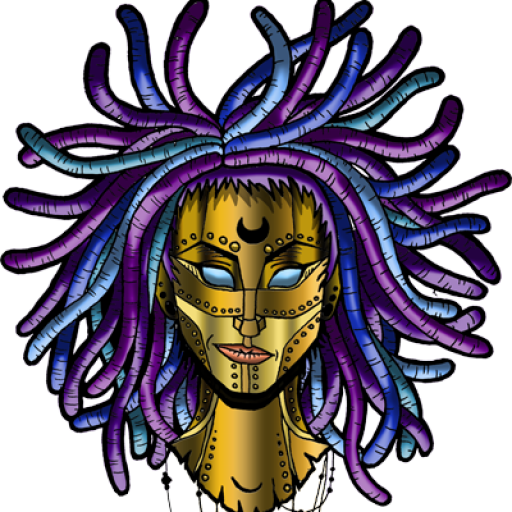
First of all, you might be wondering, “Well, what is residue and why does it matter anyway?” Great question. Residue is anything that will build up on the hair (in the dreadlocks) that doesn’t rinse away cleanly with water. The reason why residue is relevant is that any residue in the dreadlocks will cause the dreadlocks to hold excess moisture and take longer to dry. In time, this build up (all the while getting worse and worse because the same product(s) are being used) can lubricate the hair stunting or even preventing the locking process and the dreadlock-drying nightmare that is residue build-up, even worse, tends to ultimately lead to mold growth. Mold, A.K.A. “dread rot”, can be killed, but there is no way to remove the dead mold once killed. The best way to “treat” dread rot is to never get it at all! And the best way to do that is to make sure to only use residue-free products that leave nothing behind but genuinely clean, healthy hair and dreadlocks.
But if you are using a product you or someone else might think will build up as residue and your locks aren’t smelling like a dirty gym bag or mildewy basement (which is a surefire sign of dread rot) how can you tell if you have residue problems?
In extreme cases, you may be able to see residue. It’s especially easy to see if the hair is a significantly different color than the build-up/product that was being used. It may feel sticky or slick and be localized to specific spots in the dreadlocks (although if you can see it on the outside there is a very high probability that it is built up in the inside as well).
More often than not, however, residue is NOT visibly evident. However, you can still “test” for residue. It’s pretty simple. Run your hands through your dreadlocks, or, better, yet, take note of how your hands feel after you’ve spend some time doing maintenance (palm rolling, separating, etc.) on your locks. Do they feel tacky/sticky? Slick? Powdery? Any of the above IS RESIDUE. Generally, a sticky or tacky feeling is what wax residue feels like and a slick or powdery feeling is a result of soap residue. After working in your dreadlocks your hands should feel perfectly clean and dry. Residue on hands = residue on/in dreads.
Here are some other tips and tricks from other professionals on how to test for residue:
- When testing a spot/dreadlock for residue, get it wet and squeeze it. If it sounds like a wet plastic bag when squeezed, you probably have residue. (Rae of Southern Dreadology; Oklahoma)
- Again, when wet, twist the dreadlock as if trying to wring it out like a towel. If it oozes, you have residue. (Erika of Make Me Dreadful; NYC)
- When doing a deep clean or washing in a shampoo bowl, if the suds have a film on them, you probably have residue. (Holly of Wicked Locks; Colorado)
- If you use the needle & thread method of maintenance, use white string and take note of the color of the string. If it turns brown, looks generally dirty, or feels oily, you have residue. (Erika of Dreadlam; Ohio)
Here is a great video by Erika at Make Me Dreadful (NYC) about using the wringing method to test for residue:
Scratching your scalp and coming up with white or yellow-ish white gunk under your fingernails is more than likely NOT residue. (It’s sebum; the natural oils produced by your scalp.) Residue does NOT appear green or generally colored at all except for white or yellow-white. Any other colors are more than likely just lint/fuzz.
So, you’ve given your locks a good feel and have come up sticky/tacky/slick/powdery. Or one of the other “tests” came up positive for residue. What now? Don’t fret! It’s not the end of the world. With a good deep cleanse treatment or three you should be able to free your dreadlocks of residue so they will stay happy and healthy for a long time to come!
The Wax/Oil Removal Cleanse Recipe on this website is perfect for bombing those locks for residue. You’ll notice a film on the top of the water if you’ve got residue, plus the water may turn some pretty interesting colors, too! Click HERE to check out that recipe.
Also, once you’ve done a good cleanse to rid your locks of residue you’ll want to make sure to discontinue using the product(s) you’ve been using that were causing the problem. Check out the page on Shampoos & Soaps to learn how to read ingredient labels to determine which products are safe and which aren’t. You can also visit the page Shampoos: The Good, The Bad, and The Undecided for a list of “safe” shampoos, and the page on Locking Gels & Sprays for a list of recommend products. If wax was the issue, check out the page on Waxing and don’t ever use it again! Wax is one of the worst things you can put in dreadlocks!
